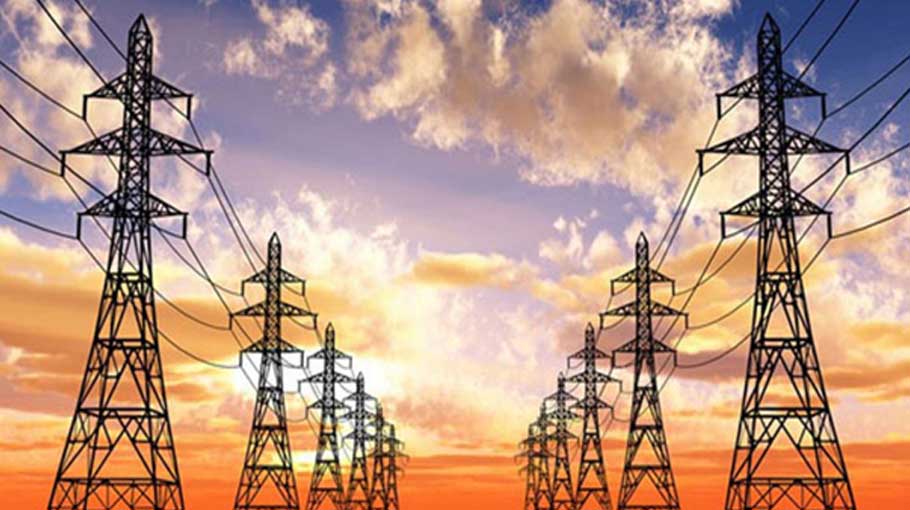60,000 MW electricity by 2041

The government expects that the country’s electricity generation capacity will be 60,000 megawatts (MW) by 2041.
To this end, 33 power plants with 13659 MW capacity are under construction at different stages. Besides, around 1700MW of electricity will be imported from India and Nepal.
In addition a total of 22 power plants with capacity of 3,016MW are now under agreement processing and tenders are underway for six more power plants with a capacity of 639 MW. On the other hand, 32 more power plants with total capacity 15,063MW of electricity are now at the planning stage, and may start generation by 2030.
According to a study by research institute BIDS (Bangladesh Institute of Development Studies), an increase in power generation by 10 lakh units adds about Tk 4.60 crore to 10.70 crore to the macro economy every year. The cost of electricity in a diesel-powered irrigation pump stands at Tk 47.18 per unit whereas the same amount of power from the grid costs an irrigation pump only Tk 4.
BPDB sources said currently the main construction work of 11 power plants with capacity of 8,017 MW is underway in the public, private and public-private sector. Out of these, some 80 to 98 percent work of four power plants in the public sector has already been done. These are-the second unit of 409 MW Ghorashal unit-4 (94 percent), 156 MW Ghorashal unit-3 (98 percent), Mirershorai 160MW (97 percent), and Ashuganj 400MW power plant (80 percent). These power plants will start generation this year.
However, around 50 percent to 65 percent work has been completed on two more power plants, which are Matarbari-1200MW coal power plant and Rampal-1320MW coal power plant (65 percent).
On the other hand, a total of 20 power plants with a total capacity of 5640MW are now under construction at private initiatives. The government will purchase electricity from the power plants. Out of 20 power plants, the construction work has already been done from 55 to 99 percent of six power plants, which are-Bhola-220MW (99%), Kanchon, Narayanganj 55MW (88%), Chandpur 115MW (95%), Thakurgaon 115MW (90 percent), Barishal-307MW (55%) and Chattogram 1224MW coal power plant (73%).
The government is working to import 1496MW more electricity from Adani group of Jharkhand in India by June 2022. At present, its work progress is 70 percent. Besides, 200MW more of hydro power will be imported from Nepal by 2030.
However, a total of 22 power plants in public, private and public-private joint initiatives with capacity of 3,016MW is now under agreement processing.
Besides, tenders are underway for six more power plants with a capacity of 639 MW, which may go into operation by 2023.
In addition, the country’s first nuclear power plant is now under construction at Rooppur in Pabna. Construction work of the power plant with two units, with the total capacity of 2,400MW is going on fast. It would produce and be added to the national grid by 2023-2024.
On the other hand, 32 more power plants with a total capacity of 15,063MW of electricity are now in the planning stage.
Engineer Mohammad Hossain, director general of Power Cell, told Bangladesh Post, the government has achieved tremendous success in the power sector. The country’s power generation capacity increased around five times during the last 11-12 years. The increased electricity coverage has spurred growth in the industrial sector and urbanization leading to a boost in economic growth.
“At that time we focused on power generation to meet the demands. We wanted a surplus in electricity generation and we succeeded. We are now self-sufficient in power generation. Previously, severe load shedding disrupted people’s lives, factory production. But the problem no longer exists,” he said.
According to the power division, the country has witnessed an unprecedented development in the sector, which has been possible due to the timely and sustainable planning and initiatives undertaken by Prime Minister Sheikh Hasina.
When the Awami League-led government assumed office in 2009, the average power demand at the time was about 6,000MW while power generation capacity of the country was less than 5000MW. Eight to ten hours load-shedding in summer days was causing unbearable miseries.
Bangladesh has now attained the capacity to generate 22,023 megawatts of electricity, including renewable energy and imported power. Besides, there are captive power plants in different industries capable of generating another 2,800MW of electricity. Now, 99 percent of the people have access to electricity. It is expected that every house will get power supply by this year.
According to the power division, apart from boosting economic growth, increased power coverage has improved the lives of people in remote villages and created new income-generating opportunities for people.
“There has been a lot of improvement in power generation in the country. Our generation capacity surpasses our demand. At this moment, the government must pay attention to the transmission and distribution system to ensure uninterrupted power supply,” energy expert Professor Izaj Hossain told Bangladesh Post.



